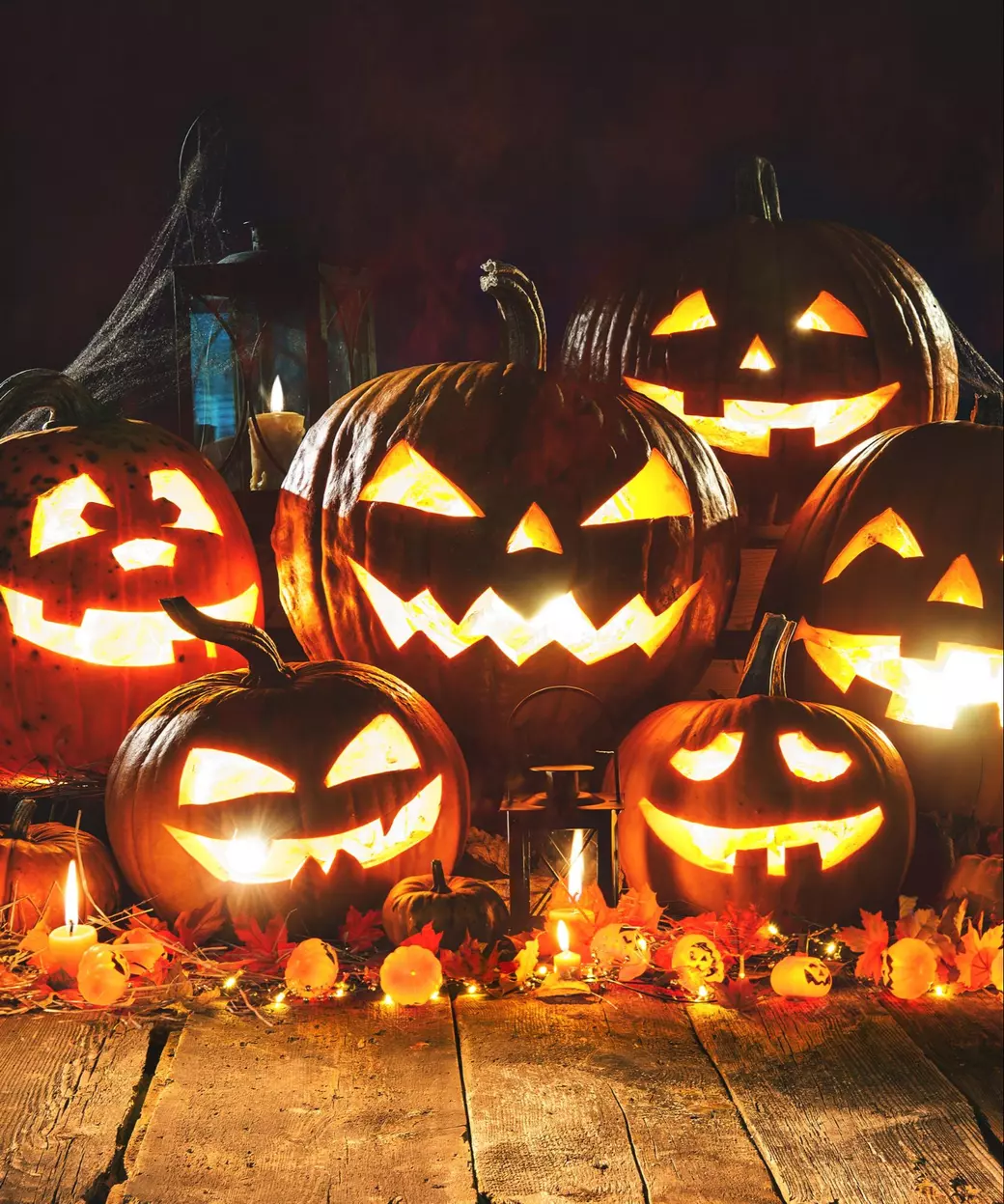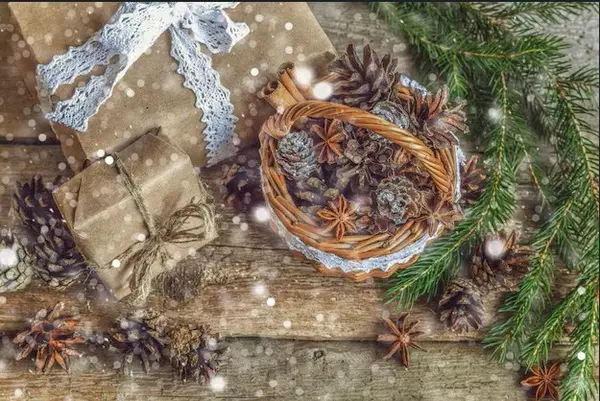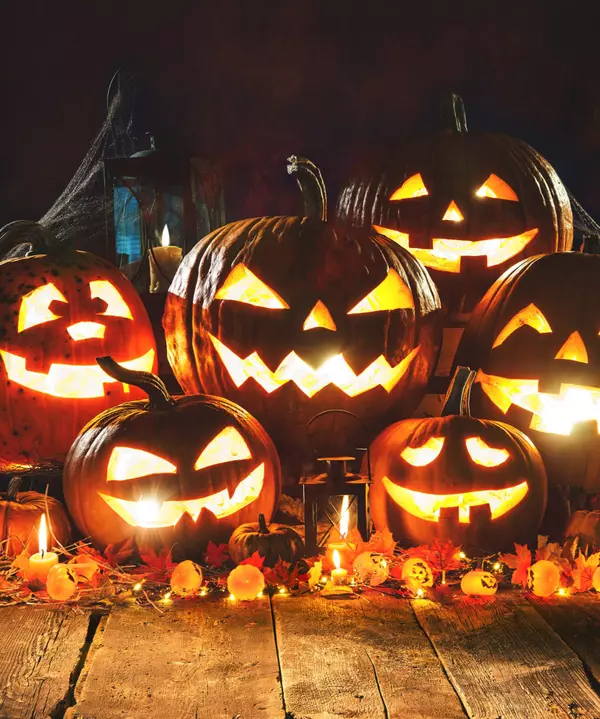The Origin of the Jack-O’-Lantern: From Irish Folklore to American Porches

🎃 The Origin of the Jack-O’-Lantern: From Irish Folklore to American Porches
Every October, as the air cools and the leaves begin to fall, porches across America light up with the warm, flickering glow of jack-o’-lanterns. While today we carve pumpkins into everything from spooky grins to works of art, the origins of this Halloween tradition reach back centuries—and surprisingly, the very first jack-o’-lanterns weren’t pumpkins at all.
The story begins in Ireland, where an old folktale tells of a man known as Stingy Jack. Jack was a clever, mischievous fellow who loved to play tricks, even on the Devil himself. One fateful night, Jack invited the Devil out for a drink but, true to his name, didn’t want to pay for it. He convinced the Devil to turn into a coin so he could settle the tab, but instead, Jack slipped the coin into his pocket beside a silver cross, trapping the Devil inside. Jack eventually freed him, but only after making the Devil promise not to take his soul when he died.
Years later, when Jack’s time came, he found himself turned away from both Heaven and Hell—too sinful for one, too clever for the other. The Devil, keeping his word but still mocking Jack, tossed him a burning coal from the fires of Hell to light his way through the darkness. Jack hollowed out a turnip, placed the ember inside, and began his eternal wandering. From that day on, people spoke of “Jack of the Lantern,” or as we know him now, the Jack-o’-Lantern.
In Ireland and Scotland, people began carving their own versions of Jack’s lantern out of turnips and potatoes, placing them in windows or near doorways to ward off evil spirits and guide lost souls. When Irish immigrants brought this eerie tradition to America in the 1800s, they found something new—a native fruit that was larger, easier to carve, and glowed beautifully from within: the pumpkin. Pumpkins quickly replaced turnips, and a new Halloween custom took root across the country.
Over time, the jack-o’-lantern transformed from a ward against spirits to a symbol of community and creativity. Families gathered around kitchen tables to carve faces—funny, scary, or whimsical—while the soft glow of candlelight became a signal of welcome for trick-or-treaters. The legend of Stingy Jack faded into folklore, replaced by the joy of celebrating together under the harvest moon.
Today, the jack-o’-lantern is more than just decoration—it’s a reflection of the season itself. It represents warmth, light, and imagination at a time when the days grow shorter and the nights cooler. Whether carved by a child’s small hands or an artist’s careful blade, each glowing pumpkin reminds us that even old tales and ancient fears can evolve into traditions that bring people together.
So next time you light your jack-o’-lantern, think of Stingy Jack wandering through the dark with his turnip lantern—and take comfort knowing your pumpkin’s friendly grin has transformed his lonely legend into something bright, welcoming, and wonderfully human.
Categories
Recent Posts










